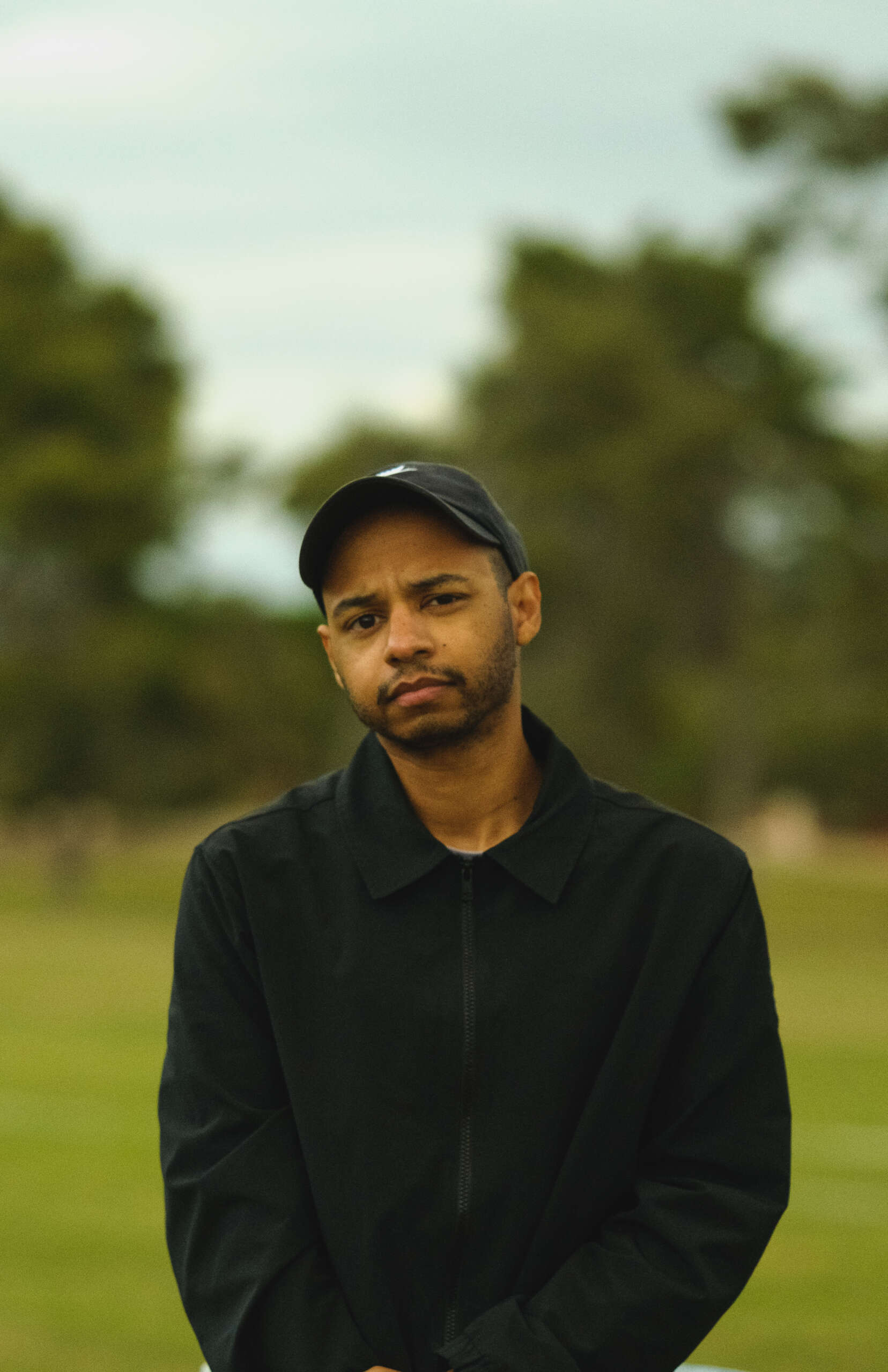We were lucky to catch up with Danté Mendoza recently and have shared our conversation below.
Danté, thanks for joining us, excited to have you contributing your stories and insights. How did you learn to do what you do? Knowing what you know now, what could you have done to speed up your learning process? What skills do you think were most essential? What obstacles stood in the way of learning more?
I started my journey in video editing about 11 years ago during my sophomore year at Arizona State University. Two years before that, I was a student-athlete at the University of Colorado at Colorado Springs, competing in cross-country and track & field on a scholarship. Following an injury, I decided to take a risk and explore a new city and college, which led me to Arizona State. This transition was a challenging time where I felt I lost my identity, and I found solace in playing video games and surfing the internet, activities that had been comforting to me since childhood.
My foray into video editing was somewhat accidental. Initially, I wanted to create commentary videos over Call of Duty gameplay footage as a way to combine my passion for gaming with online expression. This venture not only provided an outlet for self-expression but also allowed me to connect with people online. However, as I delved deeper into the world of content creation, I realized the importance of graphic design in creating appealing thumbnails and banners for my videos. As friends began requesting graphic work, I found myself naturally gravitating towards this aspect of content creation.
My interest in video editing was further fueled by watching montages on the FaZe Clan channel, where game footage was set to music. This inspired me to learn After Effects, a decision that marked the beginning of my creative journey. I immersed myself in learning the basics, gradually gaining confidence in my skills over the course of about a year or two.
Around 2016, after graduating from college, I began to gain a following on YouTube for my montages. Despite recognizing my creativity, at that time, I didn’t know myself well enough to believe this could be my future. So, in 2017, I gave up video editing and started working at an insurance company. Fast forward to 2020, during the pandemic, when we were all locked up inside, I decided to learn 2D and 3D animation, finding it similar to what I was doing in 2016. Since then, my focus has been on creating artistic and fun content online, as well as freelancing my skills to others.
Knowing what I do now, I should have believed in myself and continued pursuing my passion instead of trying to live up to other people’s expectations. I didn’t think I could make a living doing what I do now, but as time has gone on, it’s become a reality. If I had kept putting in the work, my knowledge in the craft would be much greater now. However, we live and learn from our life experiences.
Skills that I have found essential include being patient with the process, especially with animation. Learning a creative craft is challenging, with a steep learning curve. Once you grasp the foundation, you can start breaking the rules, and that’s when the real fun begins. Additionally, learning how to problem-solve is crucial because it’s a significant part of the work as an artist, in my opinion. I can’t tell you how many problems I’ve run into while working on a 15-second reel or even making simple motion graphics for streamers. Breaking down the steps is key; once you understand how to approach each problem, the more work you’ll get done in the long run.
The biggest obstacle that stood in my way was myself, specifically my mindset. I was so concerned about others’ opinions of my work that I wasn’t creating art for myself. I’ve learned that when making art, you have to put the audience last because the true message of your work will reach the right people. And that ultimately is all that matters. If you’re creating for other reasons in mind, then you’re not making the best art you could make.
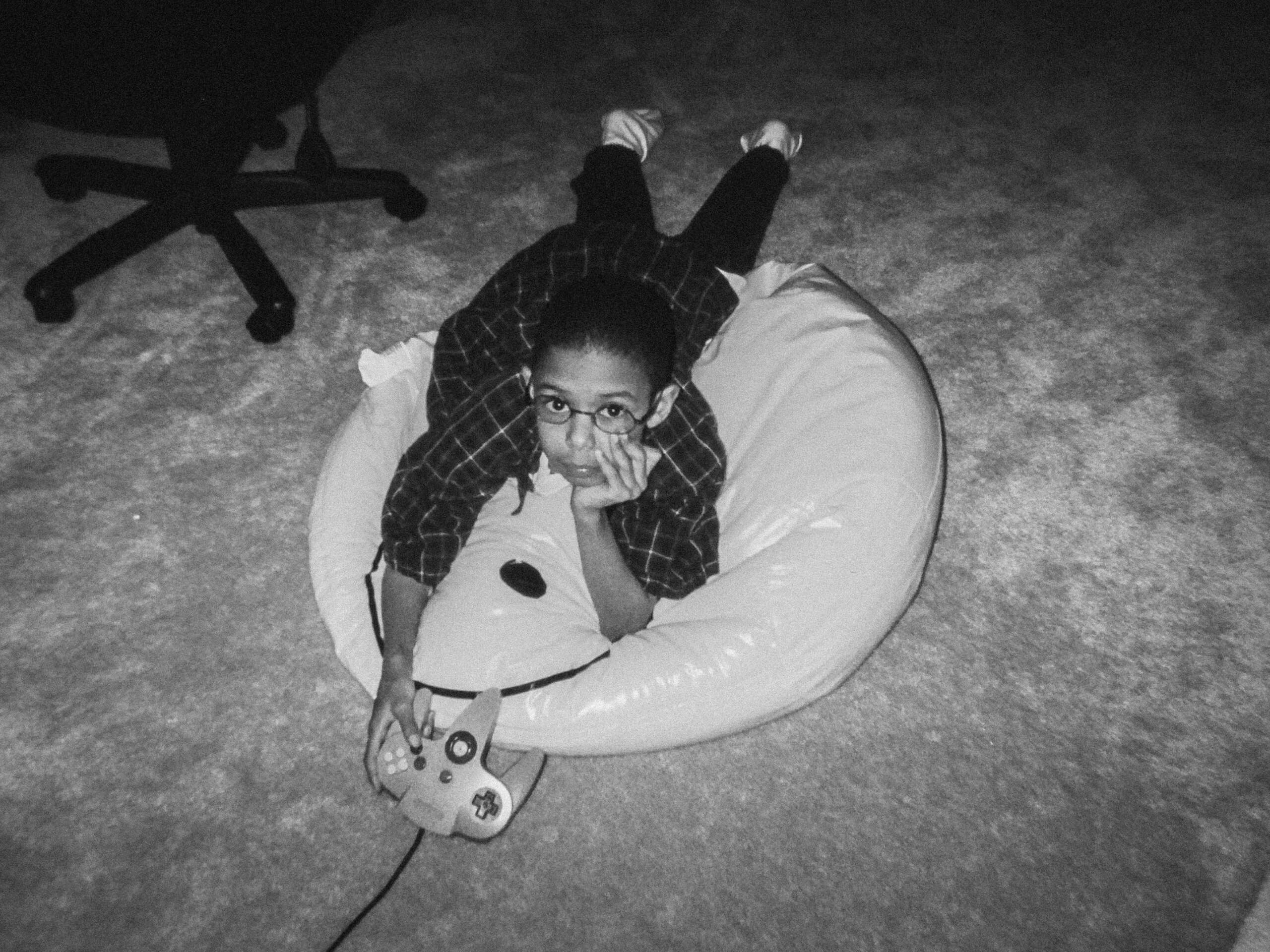
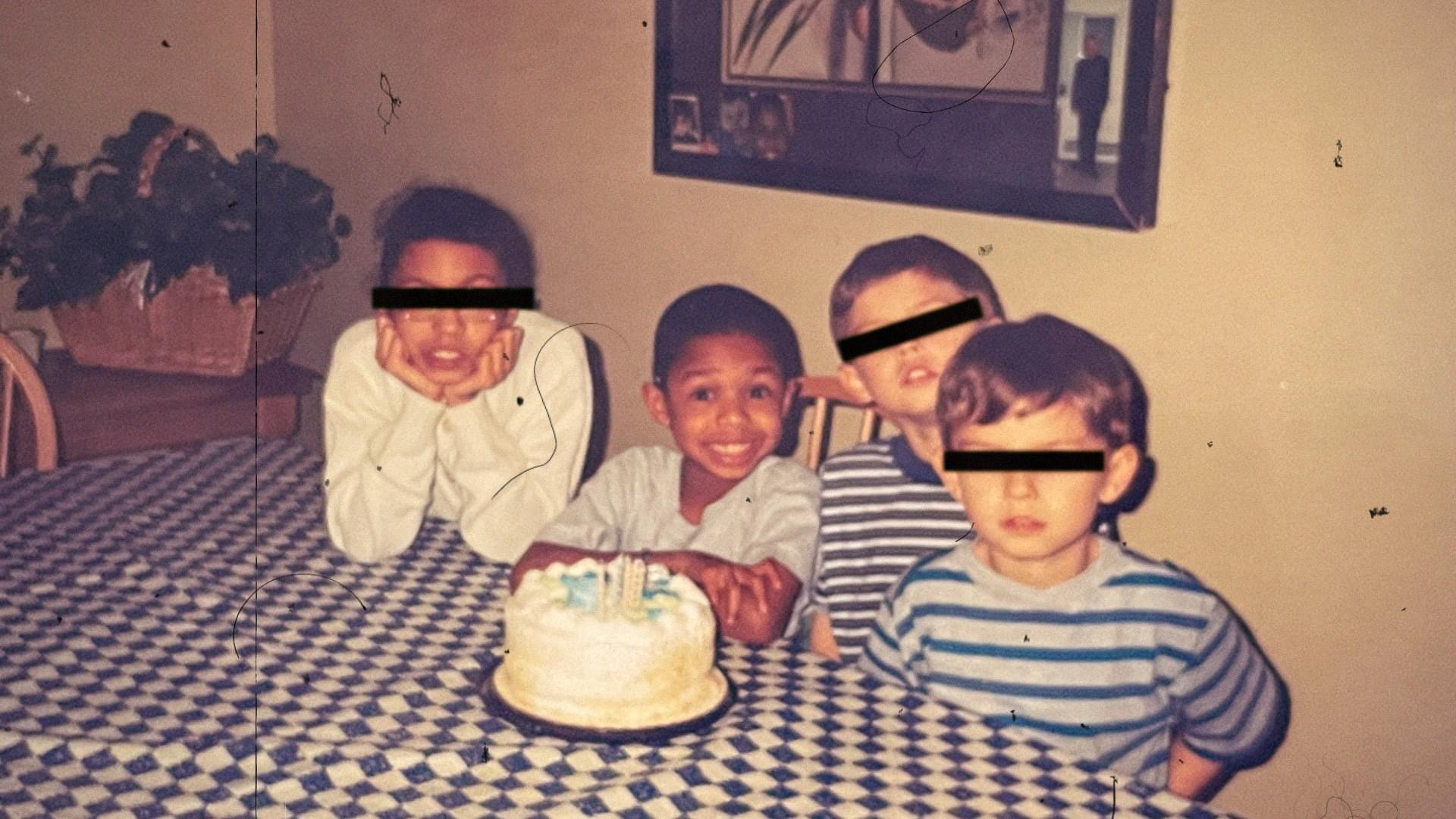
Danté, love having you share your insights with us. Before we ask you more questions, maybe you can take a moment to introduce yourself to our readers who might have missed our earlier conversations?
I consider myself a multidisciplinary artist, with my primary skills lying in video editing and animation. Through video editing, I’ve delved into other areas like photography, videography, graphic and motion design, 2D and 3D animation, and marketing. My journey into this industry began simply by wanting to create awesome videos on YouTube. As my following grew, people started asking if I did paid work, leading me to take on small jobs from clients on social media during my college years. Initially, I focused on video editing because it was familiar, but over time, I expanded to other areas based on the needs of my clients.
The bulk of my client work revolves around video production, marketing, and storytelling. Many clients are focused on creating content for their specific niche or expertise. In today’s social media landscape, everyone needs to wear many different hats. It can be challenging for most to fulfill each role to run a successful social media account or brand. My job is to help in the areas my clients need for their purpose. While I primarily focus on presentation and video production, I’ve noticed that marketing is where many struggle the most. I tailor my services to meet each client’s individual needs.
I have also been exploring e-commerce as a side business to make additional income, which has helped me develop my marketing skills. I try to approach business in all three aspects: service, content creation, and physical/digital products.
What sets me apart is that I’m an artist first, allowing me to empathize with my clients’ passion. While I’m on a similar journey as them, I’ve dedicated much of my artistic journey to building the right skills to share my voice. I prioritize being myself, ensuring that the skills I’ve developed are rooted in passion rather than financial gains. My personality aligns with my work—I’m a deep thinker, detail-oriented, and I relish problem-solving. Helping others achieve their goals gives me immense satisfaction, outweighing any financial benefits.
In 2023, I made the decision to leave my stable job in insurance to pursue this career full-time. The decision stemmed from a lack of satisfaction in a job solely motivated by money. My current work, which challenges me, allows for creativity, and pushes boundaries, brings me happiness and keeps me motivated and productive. I detest predictability; the ever-changing nature of art keeps me engaged.
My brand is driven by passion and a desire to help others. I take pride in the connections I make through my work, learning from each client and forming lasting friendships. The internet has opened doors to meeting people from around the globe, expanding my horizons beyond what I ever imagined. Every piece of work, whether for myself or clients, is a source of pride, knowing that I’ve given my all to the final product. This mentality has been ingrained in me since childhood, shaping who I am today.
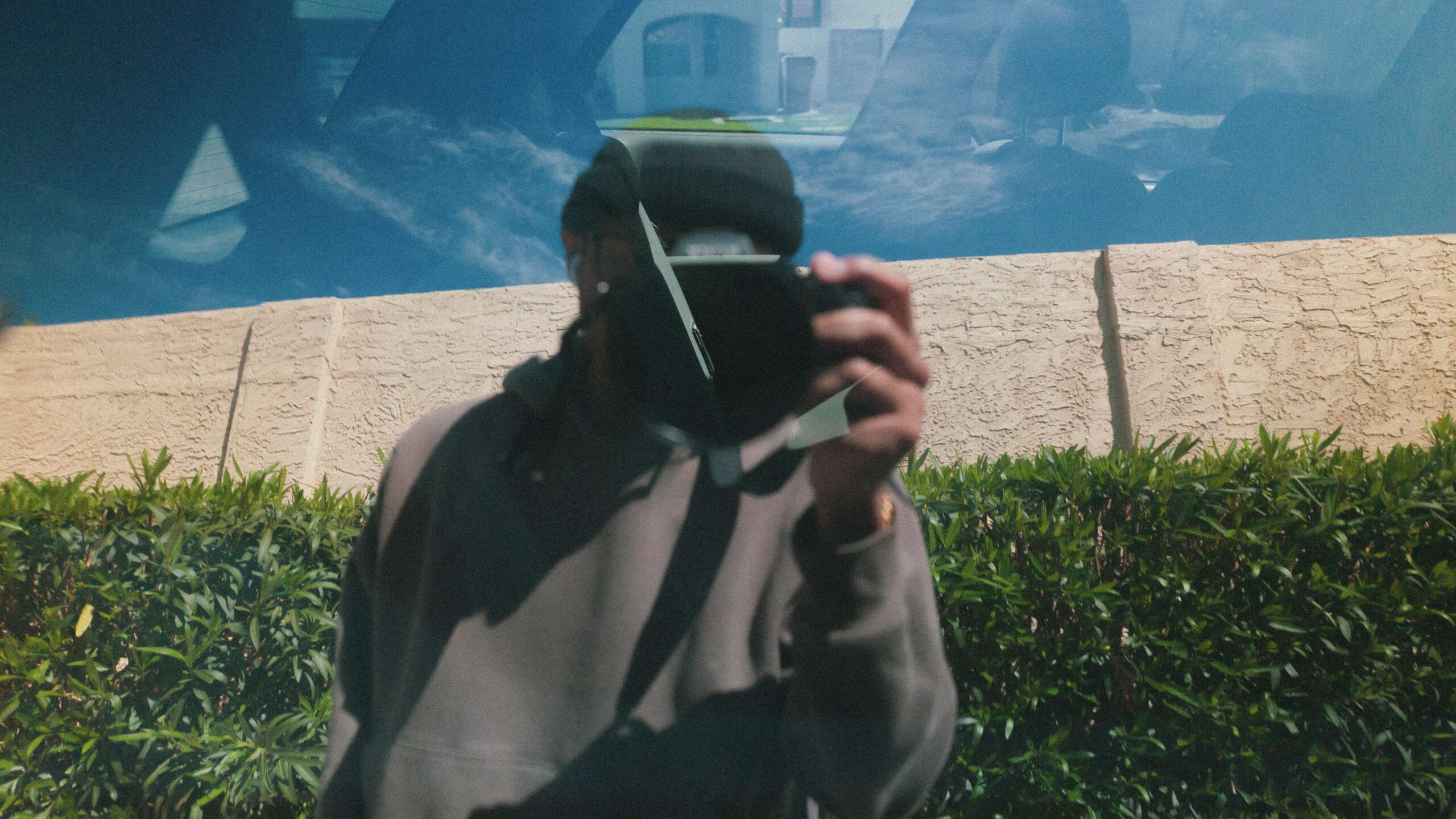
We’d love to hear your thoughts on NFTs. (Note: this is for education/entertainment purposes only, readers should not construe this as advice)
I’m glad you’re interested in NFTs. I didn’t really learn about them until 2021 when they were all over the media. I’ve been involved with crypto since 2020, and initially, I didn’t see the purpose of NFTs in the space. However, as I’ve learned more about them, I’m starting to understand their potential. I might be one of the few who will say this, but I truly believe that NFTs will become a part of our everyday lives. The way NFTs are today is not indicative of their future. I can see NFTs becoming another tool for creators and their communities.
When I think about new artists starting on social media today, I realize how challenging it can be to find loyal fans. There’s often no incentive for followers to support new artists. As a new artist, you could sell NFTs as a way to fundraise for your projects. For example, if you sell 100 NFTs to the first 100 fans for $20 each, you’d raise $2000 from people who believe in your work. You can offer these NFT holders exclusive access to content you don’t share with others or even give them digital products. This concept is similar to Patreon, where creators use it as a monthly income source. The key difference is that with NFTs, you, as the creator, receive all the rewards if you program the NFTs to your website for your fans to access the exclusive products. Additionally, your NFT holders benefit, as the demand for your work grows, so does the value of their NFTs. They can then sell these NFTs to other fans who are interested. This creates a stronger community for the creator, while also rewarding the holders. By adding a tax to each NFT trade, you can also benefit from the trades. This approach addresses subscription fatigue, as fewer people want to pay monthly subscriptions. I believe creators and major corporations will start using NFTs in this way, as the possibilities with this technology are endless.
Or you can just call me crazy, haha.
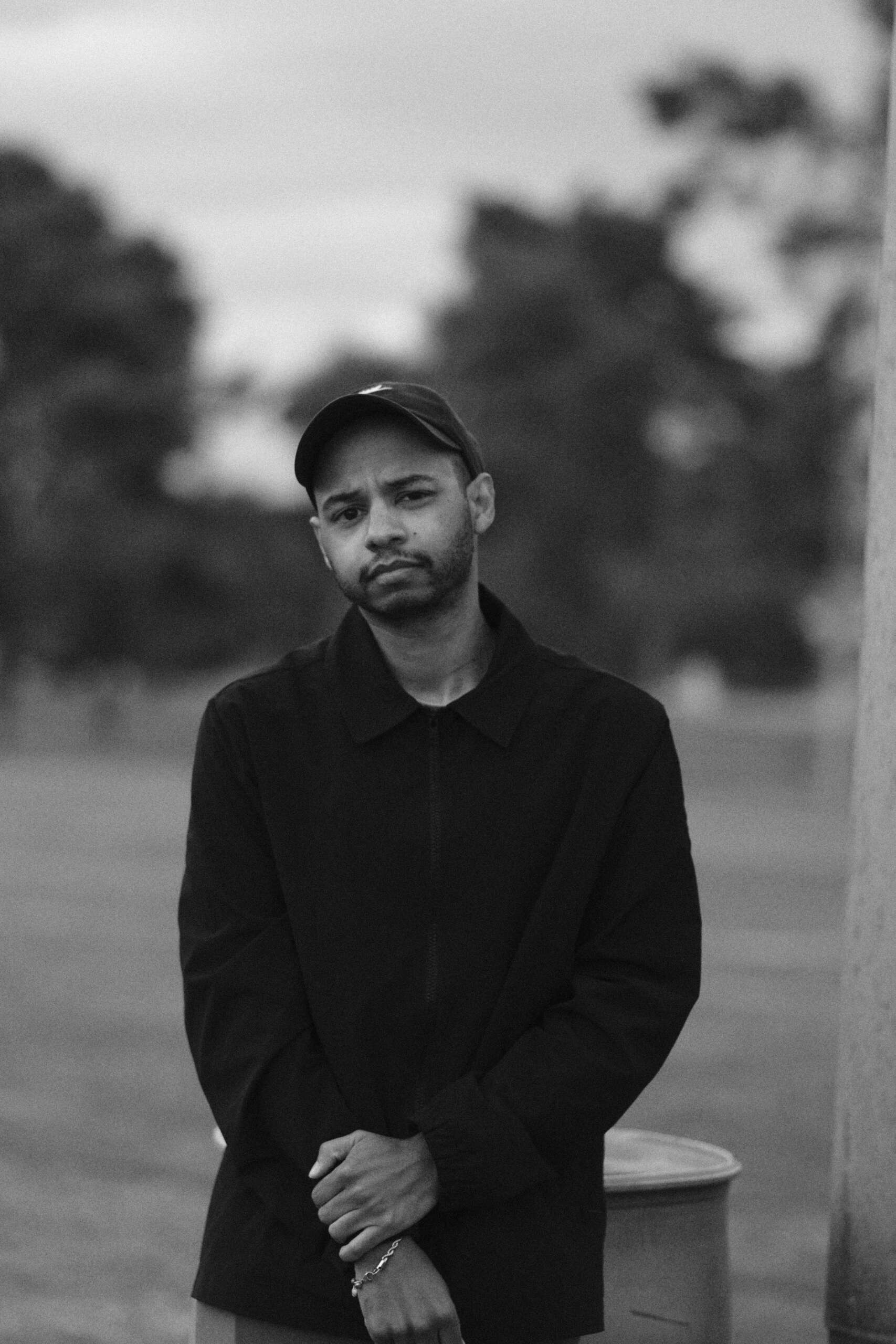
Is there a particular goal or mission driving your creative journey?
Yes, my goal with my creative journey is to help others like me understand that they can find their voice through art. As an HSP (Highly Sensitive Person), representing about 20-30% of the world’s population, many of us, though not all, tend to be shy and introverted. Depending on your childhood experiences, like mine, we may not be very vocal with our opinions. Creating art has given me the ability to connect with others like me and express myself freely. My art reflects my true self, and I want others to learn from my journey and realize that they can do it too. If I can help others share their voice, then I have achieved my goal.

Contact Info:
- Instagram: https://www.instagram.com/pr3animation/?hl=en
- Twitter: https://twitter.com/PR3Animation
- Youtube: https://www.youtube.com/@PR3Animation


